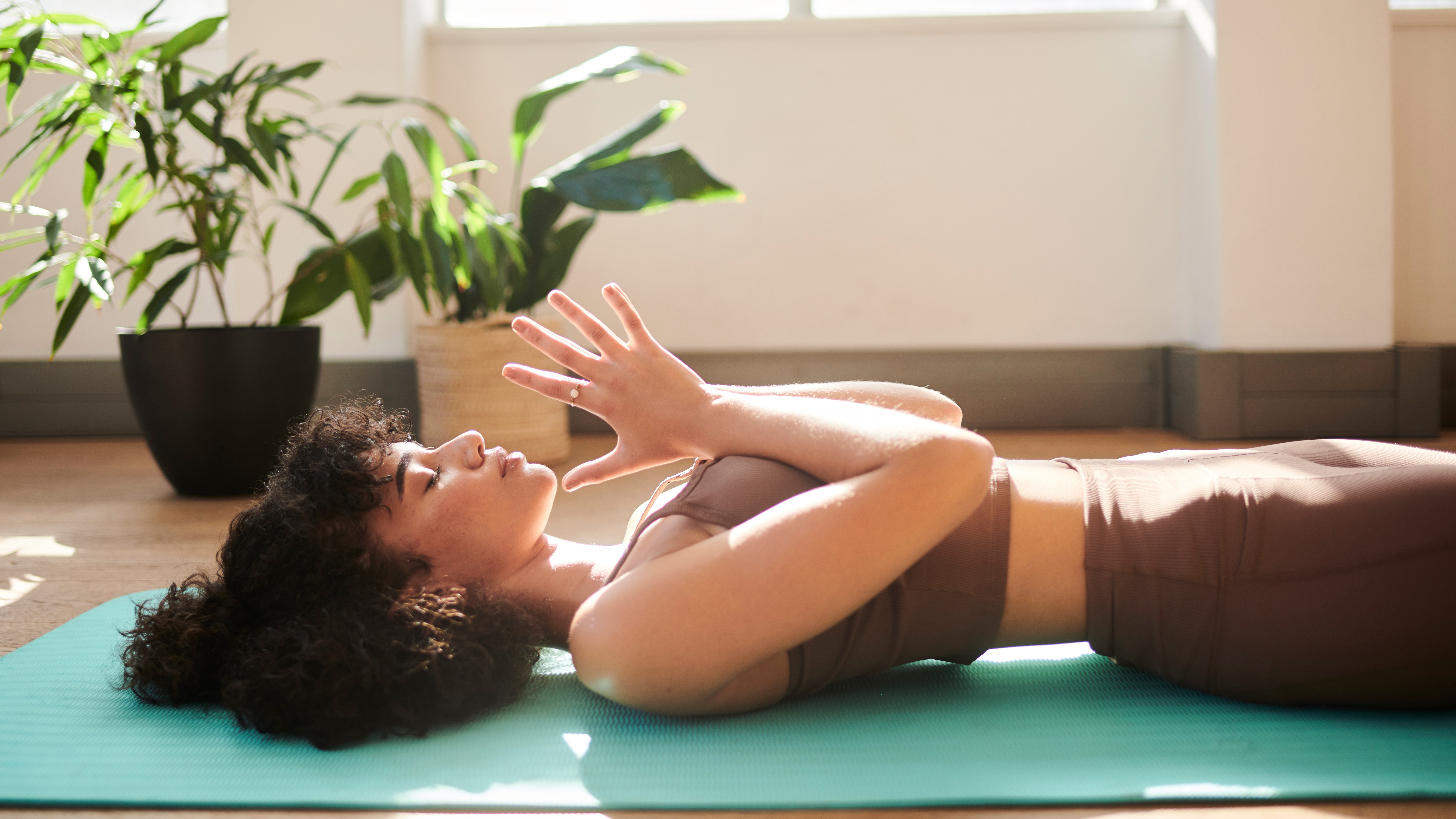I did Yin Yoga every day for a week and it massively improved my hip mobility and made sitting feel more comfortable
Switching to a slower practice improved my flexibility and fitness in surprising ways


I’ve been doing yoga since my teens and, like many people, I usually focus on Vinyasa Yoga.
Vinyasa gets your body moving, your heart pumping and often includes strength-building postures like planks. I typically do this type of yoga alongside cardio four or five times a week.
Recently on YouTube I saw a video in the sidebar titled ‘Full Body Yin Yoga for Beginners’. I clicked on it not knowing what to expect and found the instructor (Kassandra Reinhardt) was still for most of the session.
With my curiosity piqued, I googled ‘Yin Yoga’ and learned that this type of yoga involves holding a series of poses for several minutes each to improve flexibility, circulation and relaxation. Always down to try something new, I decided to do Yin Yoga every evening for a week.
I started with this beginner’s video before moving on to classes focused on certain body parts, like hips and hamstrings or back and shoulders. The sessions I tried lasted between 30 and 45 minutes.
I did lots of seated poses, including forward folds, spinal twists and hip openers. There weren’t as many standing or balancing poses as you would find in a Vinyasa yoga class.
At first, I struggled to stay still in the poses without fidgeting. I felt like I wasn’t doing enough. But I tried to embrace the passive nature of the practice, which got easier over time.
Start your week with achievable workout ideas, health tips and wellbeing advice in your inbox.
By the end of the week, I felt several changes in my body.
1. Improved hip mobility
My hips felt more mobile and limber when I was winding down for the day. Hip flexor poses—like pigeon and lizard—feature regularly in Yin Yoga so this wasn’t a surprise.
Doing these moves helped ease the tightness that had built up after a long day of sitting down at a desk to work, making me feel more comfortable.
2. Better lower-body flexibility
My body adapted and moved deeper into some poses after regular practice; I was finally able to rest my head on my knees in a forward fold and bring my calf parallel to the short end of my yoga mat in pigeon.
I didn’t have to force myself into these shapes—once I relaxed, gravity did the rest of the work for me. Functionally, this meant more flexibility in my quads, calves and shins.
3. Fewer aches and pain
As a runner, I have often struggled with shin splints during and after my runs, even when I’d warmed up properly.
But during my week of Yin Yoga, I didn’t get the usual lower-body aches and pains. My body felt looser and freer, and I was even able to run a little longer than usual.
Need something soft and supportive for your practice? Our guide to the best yoga mats can help

Ayisha Sharma is a healthcare journalist based in the UK. She’s previously written about women’s health, mental health and what drives inactivity in certain ethnic groups. In her day job, Ayisha reports on new medical breakthroughs, from the latest cutting-edge cancer treatment to pig organ transplants. When she’s not covering these topics, you can find her out on a run, doing some yoga or curled up on the couch watching the latest horror movie or thriller series. Ayisha has an MA in Philosophy from University College London with distinction.